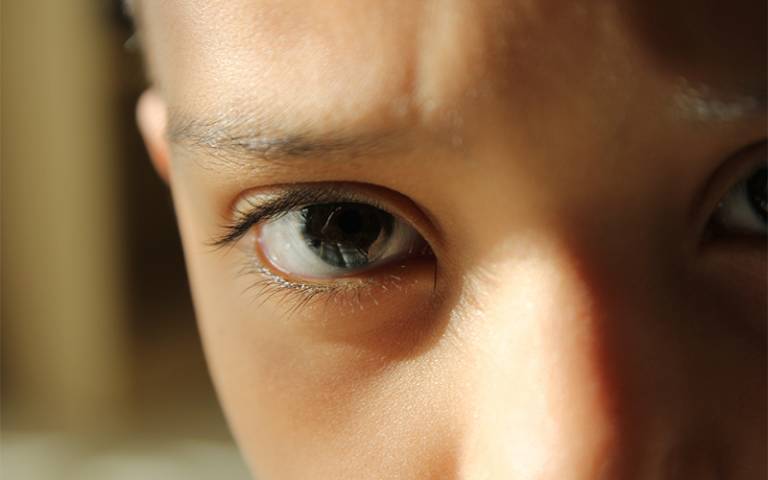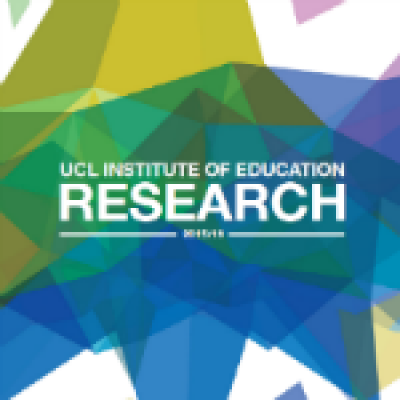Why real-life interactions should not be overlooked when researching autism
2 March 2017

New research from the UCL Institute of Education (IOE) and the University of Eastern Finland (UEF) argues that social interactions should be taken into consideration when researching gaze behaviours in autism.
Atypical gaze behaviours have long been linked with difficulties in communication and social interaction. For this reason, eye tracking techniques are often used when assessing how gaze patterns differ in persons with or without autism.
However, most eye tracking research is conducted in laboratories where participants observe stimulus presented on a computer screen. While eye tracking glasses can be used to study gaze in more naturalistic settings, such research has primarily focused on quantification (e.g. the timing or duration of gaze to a particular location).
A new study conducted by Dr Terhi Korkiakangas from the UCL Knowledge Lab argues that this does not give a realistic indication of how gaze is used to communicate in the real world.
The study suggests that eye tracking techniques alone do not provide contextual details of the moment-by-moment interactions in which gaze occurs and cannot answer important questions, such as why an instance of gaze has occurred or what it is designed to do in social interaction.
As Dr Korkiakangas explains:
"Eye tracking is traditionally used to quantify gaze behaviours and cannot capture or describe the situations in which gaze is used - such as what people were doing or saying at the specific moment they turned to look at someone or something. This is why social interactions should also be video recorded with wide-angle cameras to render those moments visible.
"Social situations are essential when we are making sense of someone's looking behaviours, and we need new qualitative approaches to better understand what someone is communicating."
In this small-scale study, the research team expanded on traditionally quantitative eye tracking research using video recordings and a qualitative interactional approach to explore the moments when autistic children turned to look at other people. The team also looked at how the other people responded to children's gaze shifts, which indicated the ways in which gaze contributed to social interactions between the people.
Katja Dindar, a PhD candidate at the UEF, suggests that social and communicative competencies can be found when children's gaze behaviours are not examined in isolation but carefully mapped to the behaviour of other people in naturalistic settings.
This study was essentially methodological but Dr Korkiakangas argues that this combination of quantitative and qualitative approaches seems fruitful for future autism research.
 Close
Close


